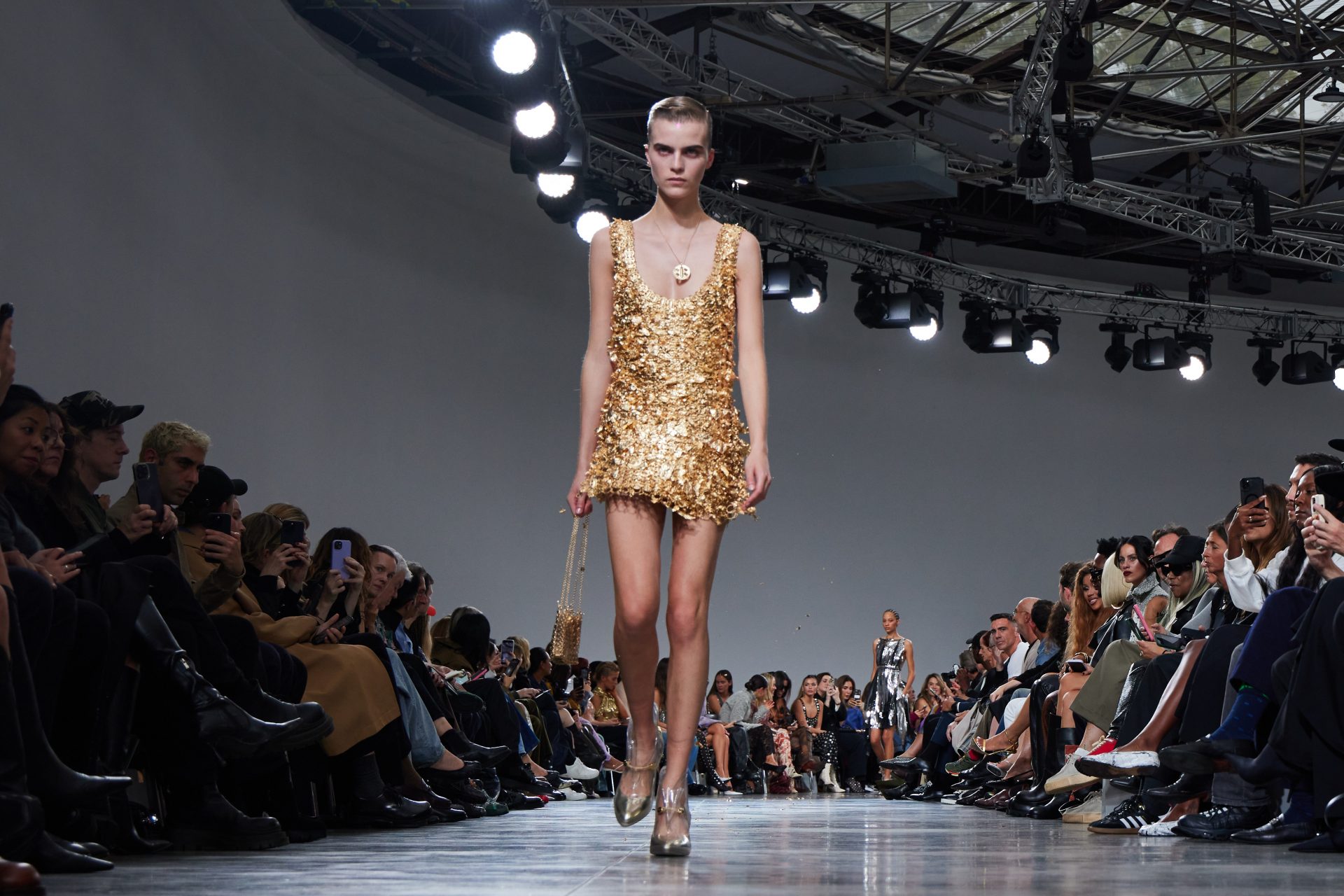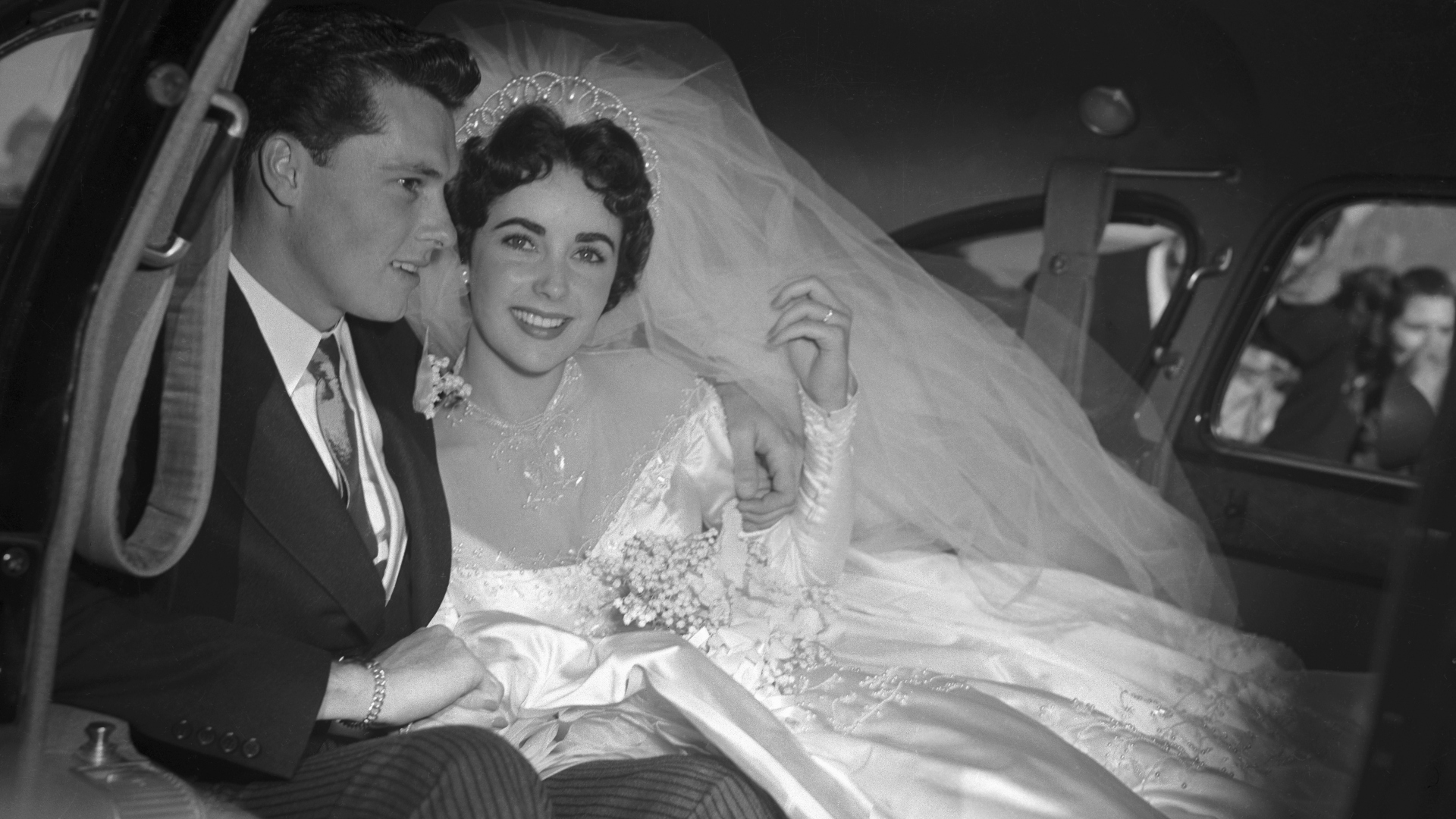The most beautiful designs of architect Gustave Eiffel
Gustave Eiffel, the French architect who gave his name to the famous tower that overlooks Paris, died on December 27, 1923. Many tributes are being paid for the centenary of the death of this famous Frenchman.
In addition to the tower that bears his name, Gustave Eiffel is the author of prodigious architectural achievements around the world. However, you probably don't know all of them! Here is a journey in pictures along his most beautiful masterpieces.
Born in 1832 and graduated from the 'École centrale des arts et manufactures' in 1855, the young Eiffel was a visionary. As you can see in this photo, he liked to experiment and find the exact measurements for his constructions to be solid and reliable.
Eiffel had his first major achievement in 1860 with the Saint-Jean footbridge in Bordeaux. This 510-meter-long bridge was used by trains connecting Paris to Bordeaux until 2008, before being classified as a Historic Monument the following year.
Photo: Langladure / Wikimedia
In 1889, the construction of the Eiffel Tower as part of the Universal Exhibition in Paris was a real triumph. Initially criticized by the most conservative observers, the monument was gigantic for its time (over 300 meters high) and soon became the symbol of the French capital.
Originally, the building was to be dismantled twenty years after it was completed. The Eiffel Tower owed its survival to its function as a radio antenna.
Maintaining the 'Iron Lady' was a good idea, because it is now visited by millions of people each year. In 2022, for example, there were 6.2 million visitors. The monument is more than ever part of the Parisian architectural landscape.
The genius of Gustave Eiffel was exported well beyond the French borders! A few years before building his most famous monument in France, the architect created the frame of the Statue of Liberty in New York, inaugurated in 1886.
This monument was a gift from France to the United States to celebrate the centenary of the country's Declaration of Independence. The work is also the fruit of the work of another Frenchman, the sculptor Frédéric Auguste Bartholdi.
In the 1870s, Eiffel made the metal hall of the western station ('Nyugati Pályaudvar') in Budapest.
Built between 1890 and 1896, the Hermitage Hotel in Monte Carlo is also (in part) an achievement of Gustave Eiffel. While the hotel was the work of architect Nicolas Marquet, Eiffel designed the dome of the Winter Garden of this palace.
This metal and glass structure was renovated in the 1970s: gilding and pastels were added, giving it the appearance it has today.
A real feat! Built in a single year, the Maria Pia Bridge in the Portuguese city of Porto is no less than 353 meters long. The work bears the name of the queen consort of Portugal at the time and connects the two banks of the Douro River.
Another bridge designed by Eiffel: the Long Biên Bridge in Vietnam. Built at the turn of the 20th century, it connects the two banks of the Red River. Long considered a symbol of the colonial era, it is now classified as a historical vestige of the capital, Hanoi.
Since the opening of the Giza Zoo in Egypt in 1891, the suspension bridge designed by Gustave Eiffel has offered a spectacular view of the entire park. Its construction is inspired by that of the suspension bridge of Buttes-Chaumont in Paris which the Egyptian khedive Ismaïl Pasha admired.
Photo: Creative Commons / Wikimedia
Built in Belgium, the Iron Palace was moved to Mexico and inaugurated in the city of Orizaba in 1894. It has long housed the city hall of this municipality.
Photo: Creative Commons / Wikimedia
Another foray of Gustave Eiffel into Latin America. The structure of the San Marcos church in Arica, Chile, was completed in 1875. The Frenchman also made other buildings in this country where he inspired many architects.




























